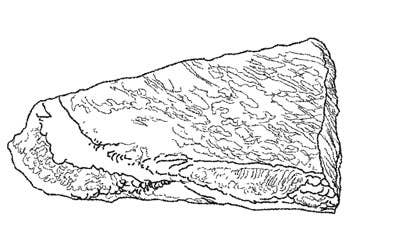
Fat Equals Flavor
Barbecue was pretty much invented to transform tough, undesirable cuts of meat into tender morsels. What beef brisket, pork shoulder, and other pit classics have in common is that they come from the more exercised parts of the animal, and therefore have more flavor. This is due to a high concentration of red fibers, which harbor fat droplets and other tasty components, as well as enzymes and other substances that help convert those elements into flavor. Because they're also dense with collagen and connective tissue, these secondary cuts require extended low-temperature cooking to coax out their succulence. (Many of these cuts are inexpensive, though some, such as short ribs, have become fashionable, and pricier, over the years.) When the cuts are cooked for along time at relatively low heat, the gristle and intermuscular fat dissolve and become soft and unctuous. Chris Schlesinger, owner of the barbecue restaurant East Coast Grill in Cambridge, Massachusetts, thinks the abundance of interior fat and tough tissue make pork butt and beef brisket the two quintessential barbecue meats. "Cook them for five, ten hours," he says. "They're hard to mess up."
Keep Reading
Continue to Next Story










